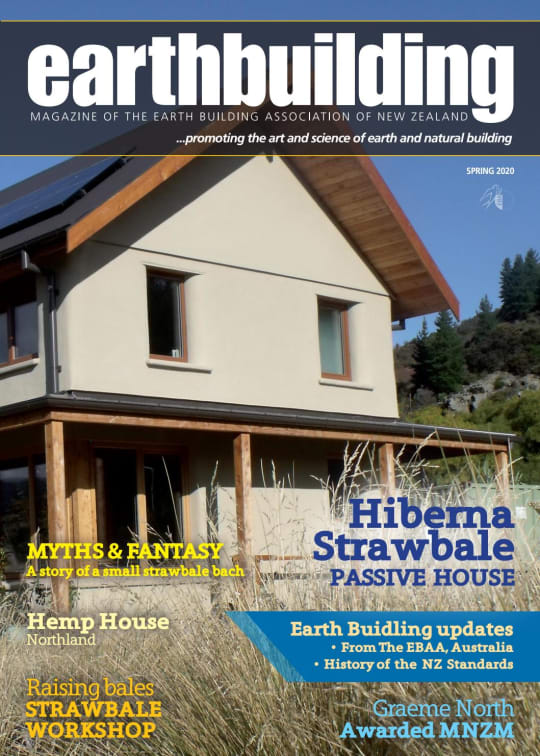Mud, Mud: The Potential of Earth-based Material for Third World Housing
At a glance..
Third World housing may be the world’s most unsolvable problem. This briefing document introduces the problems of Third World housing, examines the relative inability of accepted policies to solve them, reviews mud and other earth-based building materials in comparison with cement, bricks and other “modern” materials, examines the utility of mud-based materials in a score of countries in Africa, Asia, the Americas and Europe.
The details..
Housing is one of the most pressing problems facing developing countries today. In many cities across Africa, Asia, and Latin America, at least 25% of the population lives in makeshift shelters or slums. This number is growing rapidly with urbanization and neglect of rural areas. Governments have been unable to cope with this problem because even their cheapest approved dwellings are too expensive for up to two-thirds of households.
The author argues that using traditional building materials such as mud, adobe, soil-cement bricks etc., which are cheap and readily available locally could provide a practical solution to this problem. These materials can be made by poor people themselves who lack access to modern construction technologies.
Despite being widely used around the world throughout history - including making palaces and cathedrals - these natural building materials have been ignored by governments, development banks and aid agencies alike who prefer cement-based constructions instead.
In his research spanning several years across various countries in Africa, Asia & Americas; Anil Agarwal has examined how mud-building techniques can help build affordable homes without compromising safety or comfort standards while also providing employment opportunities for local communities.
